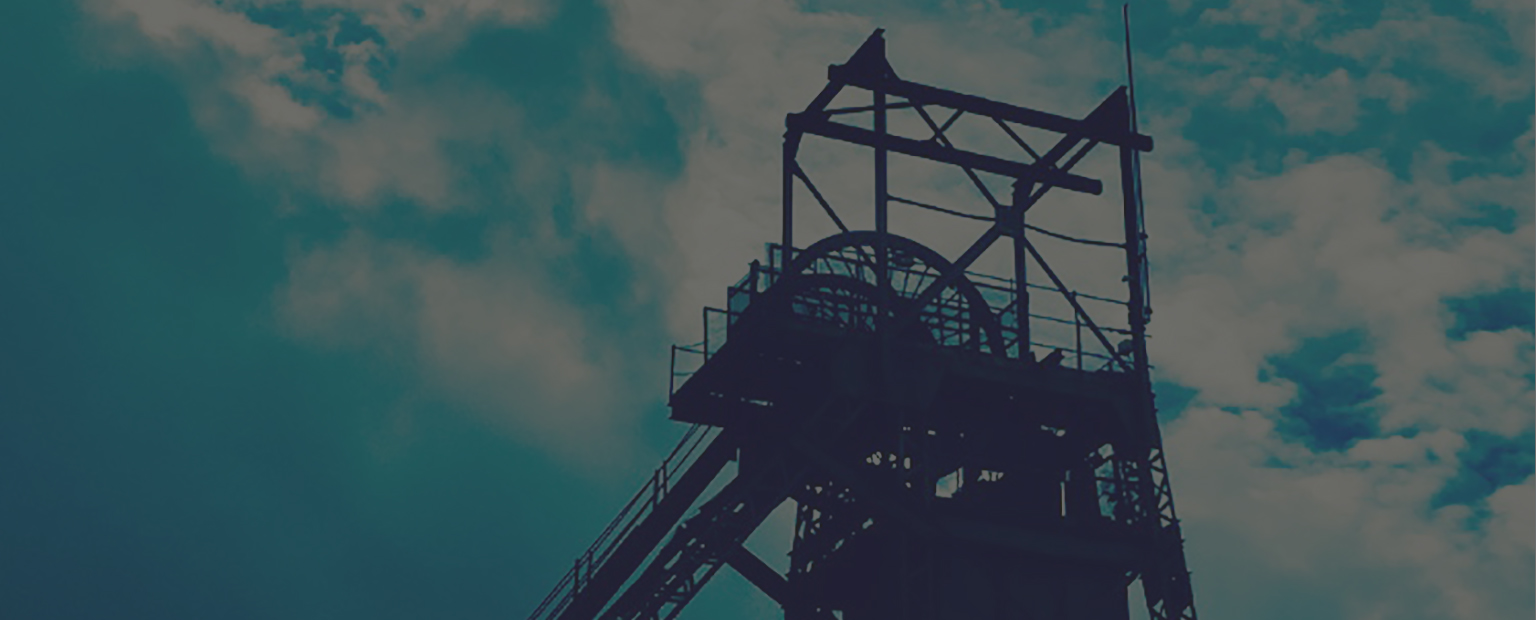

Every three months PDR hosts a 3-day course, called The Greenhouse, that attracts public service innovators from across Europe for an immersive training programme in service design centred around a live challenge.
PDR’s February Greenhouse explored service and policy issues and the complex challenge of planning the future of Tower Colliery in Hirwaun, South Wales, a stunning 250 hectare site. The participants attending the course came from organisations such as the UK Policy Lab at the Cabinet Office, Government Digital Service, Northern Ireland Innovation Lab, Cork County Council, Eduserv and Atradius.
DAY 1: EXPLORING THE LEGACY
Activities:
Overview of Service and Policy Design
Client Briefing from Tower Colliery
Problem Definition and Stakeholder Mapping
Lightning Presentations from all Participants
The story of Tower Colliery is one that starts and ends with the community. Tower Colliery was the last deep mine in production in South Wales. In 1994, 239 of its workers defied conventional wisdom and each invested £8,000 from their redundancy money to raise £2 million for the buy-out so they could reopen the 200-year-old mine that had been dismissed as "uneconomic" by the owners at the time - British Coal. The men subsequently produced 600,000 tonnes annually, developed a profitable enterprise, and even generated their own electricity, using methane from the mine - enough to power 16,000 homes - while exporting any surplus power to the national grid. In January 2008, having beaten all production records and with the last economically viable deep coal deposits worked out, the pit closed for the second – and last – time. Tower Colliery’s open cast mine will also close in the near future.
The former union leader turned chief executive, Tyrone O'Sullivan, is convinced that the site of the colliery can now provide hundreds of jobs. This leads us to the brief he set for our Greenhouse participants:
“How we can create a prosperous legacy for Tower Colliery and create a sustainable business?”.
Tyrone, along with Trustee Wayne Thomas and Dawn Davies, Director at Communities Connected, have one mission in mind. They want to create a profitable business that builds on the story of the miners and the mine’s heritage whilst creating opportunities for the local community through a land restoration project.
Tyrone’s vision is one where leadership is encouraged and opportunities are offered. He believes that team sports spawn leaders and that the opportunities that Tower currently gives to the community really do change lives. He would love to see this entrepreneurial spirit spread across the South Wales Valleys, where mutuality was once deeply ingrained in daily life.
Engagement is key to the project’s success as whatever happens to Tower must have the buy-in of the community as a whole. At present, people respect Tower and the decisions made and that level of trust must not be lost.
TYRONE O’SULLIVAN OBE
CHIEF EXECUTIVE, TOWER REGENERATION
This was the challenge facing the intrepid Greenhouse participants and over the next few days they applied their new tools and knowledge to this problem.
DAY 2: USER RESEARCH & IDEATION
Activities:
User Research Planning
Site Visit to Tower Colliery
User Research in Action
Downloading Insights
User Journey Mapping
Ideation
The User Research framework is a tool to help plan an effective user research study with stakeholders identified in the stakeholder mapping exercise. Using this framework prompts participants to consider all aspects of user research activity, ensure and effective outcome for you and a positive experience for participants.
In order to understand Tower’s mind-set and legacy, the Greenhouse participants were invited to visit the site and see exactly what makes Tower and its story so unique. They were able to put their user research planning into action by interviewing board members and local people at Penywaun Enterprise Partnership.
DELYTH WILLIAMS
CEO, PENYWAUN ENTERPRISE PARTNERSHIP
Following their visit, the participants shared their insights from the user research and consolidated the findings through constructing a series of user journey maps. This activity help to distil the key concepts focusing on how to:
• Create jobs
• Engage the community
• Build consensus among shareholders
• Raise investment
• Capture the story
• Attract tourists
• Relieve housing issues
After examining these themes, a round-robin ideation session was held and the participants were introduced to classic brainstorming techniques. In less than 30 minutes, the participants had generated over 250 initial ideas, which were consolidated into 179 to explore the next day.
PETER
GOVERNMENT DIGITAL SERVICE
DAY 3: TURNING IDEAS INTO SOLUTIONS
Activities:
Prioritising high impact solutions
Storyboarding
Paper Prototyping
Client Pitching
Evaluation
The first task of the day was to select the specific solutions on which the teams wanted to focus. Through a rapid screening and consolidation process using dot voting, the group refined the list of themes to five:
With PDR designers, the teams developed their concepts into detailed storyboards that would form part of their pitch back to the client in the afternoon. The groups were guided through a paper prototyping session and gained insight into prototyping services and prototyping policy.
A series of exercises around service blueprinting enabled the participants to finalise their concepts.
Once finessed, these pitches were presented to the client, in this case Geoffrey Davies, Director of Tower Regeneration Ltd and Dawn Davies, Director at Communities Connected.
GEOFFREY DAVIES, OBE
DIRECTOR, TOWER REGENERATION
The next Greenhouse course will be held from May 10-12 2017.

